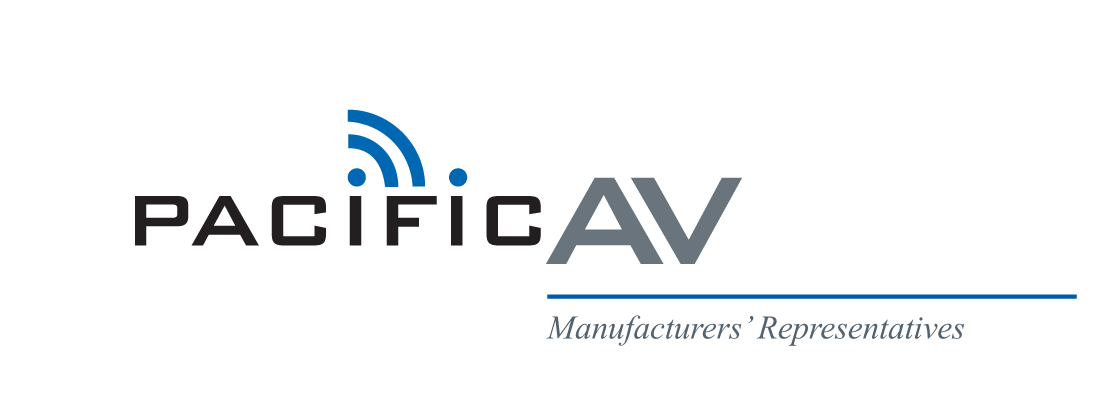Greenfield, Massachusetts USA – January 2019
Founded in 1968, Klondike Sound quickly became known as a preferred sound system provider for folk and jazz festivals in the northeastern U.S., including the renowned Newport Folk Festival. The company also provided tour support for Ani DiFranco for 20 years and supplied sound systems for a wide variety of events throughout the region. Now owned by partners Justin Anderson, Jason Raboin, Dustin Yager, and Chris Kelly, Klondike Sound mostly focuses on shows in New England, although the company still provides some touring support. Raboin, for example, has engineered for Joan Baez for the past 17 years, and is currently serving as production manager, front-of-house and monitor engineer for Baez’s 2018 Farewell Tour, using a Klondike Sound system that includes Linea Research 44 Series power amplifiers.
Anderson and Raboin discovered Linea Research amplifiers early in 2017, when they decided to modernize their power amplifier platform to take advantage of the latest technology. The partners mostly use L-Acoustic and Fulcrum Acoustic line arrays, and it was the latter that led them to Linea Research. “The Fulcrum Acoustic people knew we were searching for an amplifier with front panel control that could provide the DSP needed by Fulcrum’s speaker systems,” recounts Anderson. “We had a set of criteria for what we wanted from our amplifiers, which included high-fidelity sonic performance, great output and amp density, and highly functional DSP. But the isolating factor was full front-panel control so we didn’t need to use a computer. Linea Research’s 44 series checked all the boxes.”
Anderson and Raboin especially favor the Linea Research 44M10. “We have a pair of Linea Research 44M06s to power smaller fill speakers, and we’re probably going to look at 44M20s for subwoofers,” Anderson notes. “But the 44M10 is the workhorse for us. It’s super-efficient and provides the right balance of amp density and power. The DSP is really incredible. We like the modularity of the DSP configuration, separating the input from the output modules, and the open architecture of any configuration is a terrific function for us. The filter sets are great, and the FIR filters are very low latency, which we need for compatibility with the Fulcrum Acoustic line arrays.”
Anderson and Raboin especially appreciate Linea Research’s grouping and overlay functions. “Grouping and overlay are very intuitive, and a very effective way to process larger distributed systems and refine each zone for maximum fidelity,” confirms Anderson. “With older line arrays, you dealt with the array as a single point source and processed your whole array as one unit. Nowadays, with modular arrays, you need different shadings and processing parameters within a single array, so you use multiple zones to adjust EQ, near throw versus far throw, and so on. Some of our systems have eight to ten zones, including the fills and delays. Linea Research’s group function lets us work with different zones within an array and also address the whole system as a unit. It’s incredibly powerful, and the DSP programming is intuitive and easy to use.”
Reliability also is paramount for Klondike Sound. “I’ve been working for Klondike Sound for about 20 years, and I’ve done a lot of festivals,” Anderson observes. “Festival production is hard on equipment. The gear spends a lot of time out in the field, with unreliable power sources and unreliable weather. Your equipment needs to be reliable and flexible because when you do have issues, you have to be able to make adjustments quickly. It’s not a question of whether equipment will fail, it’s a matter of when it will fail and what kind of support you have. The Linea Research 44 series has held up very well under festival environmental conditions, and Linea’s support is rock solid—in the top tier of my vendors. These are important reasons that I continue to buy Linea Research products.”
